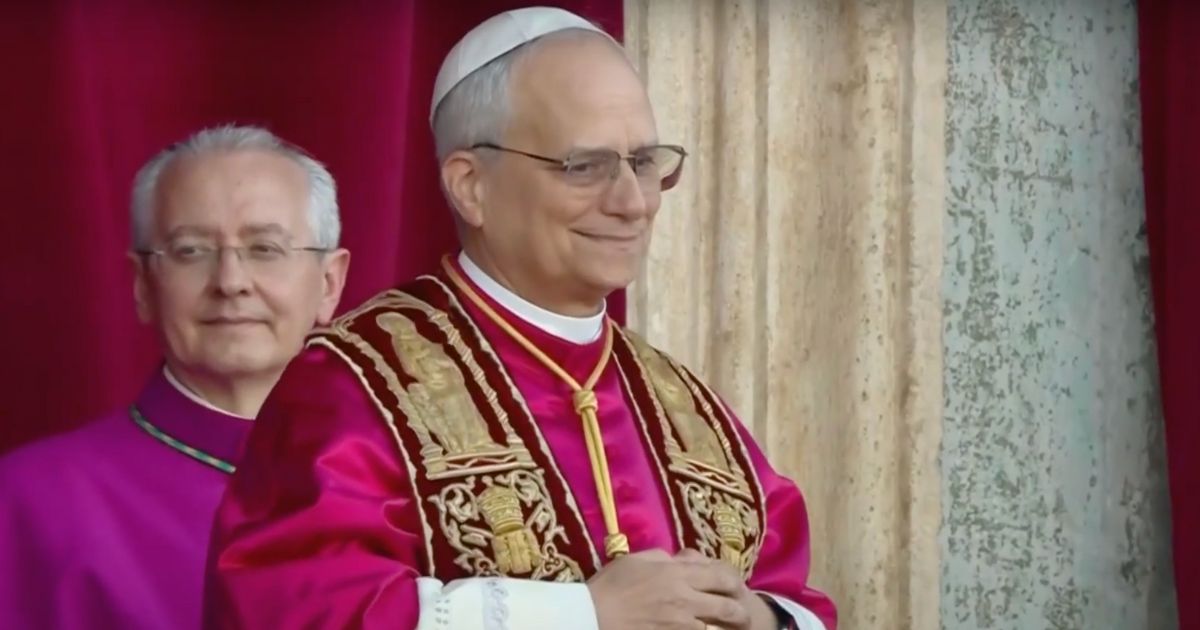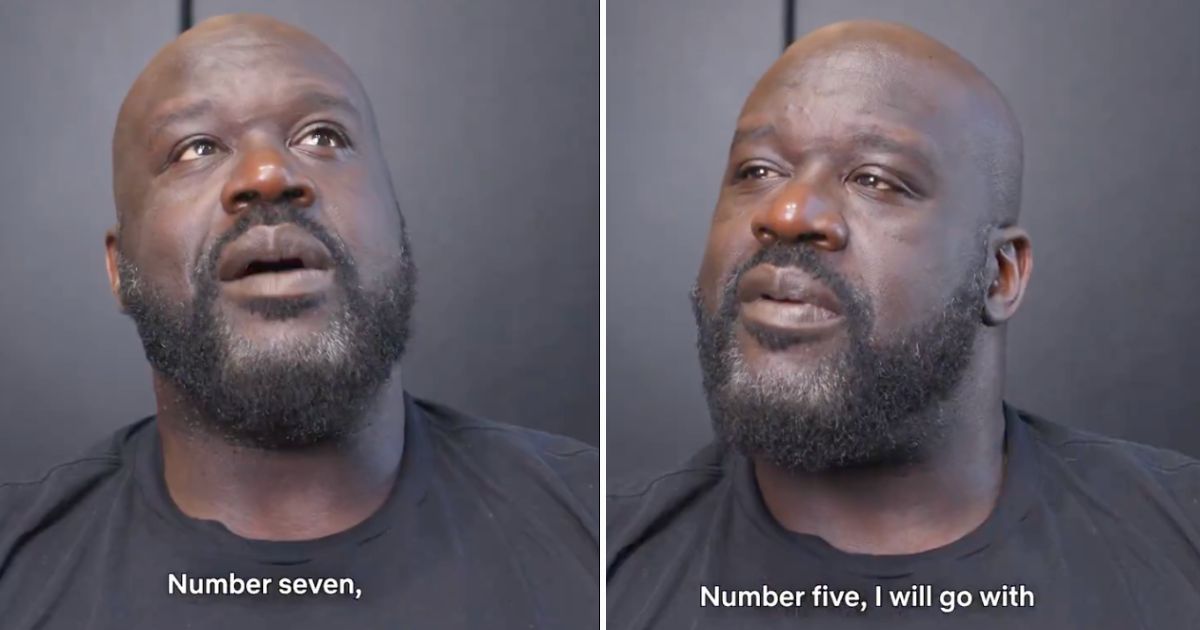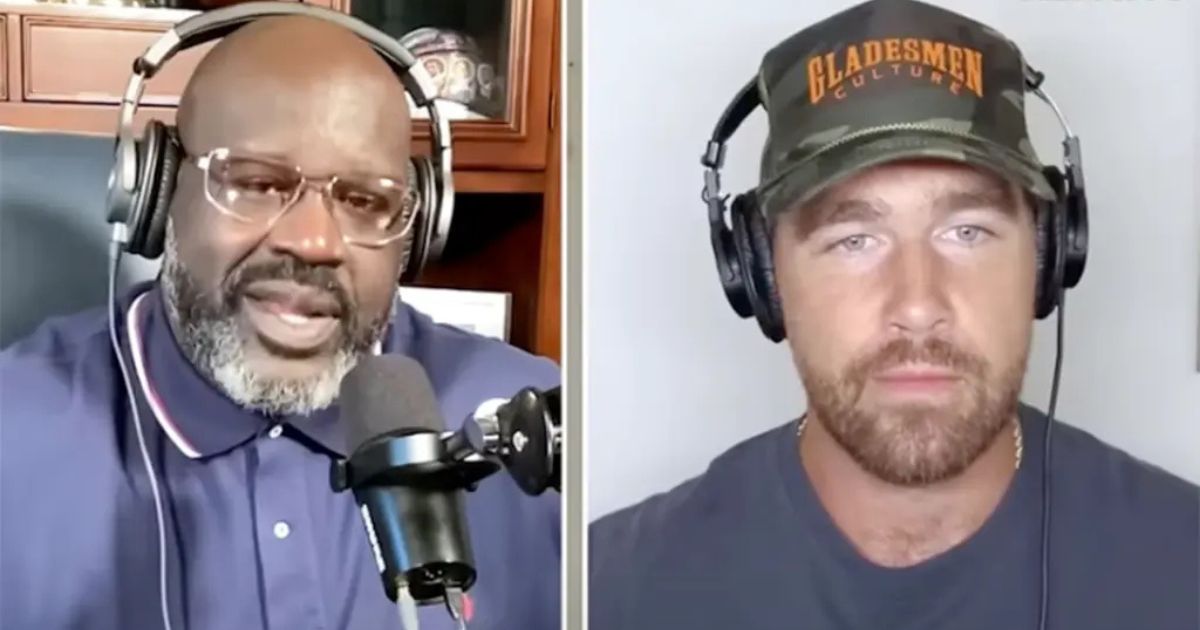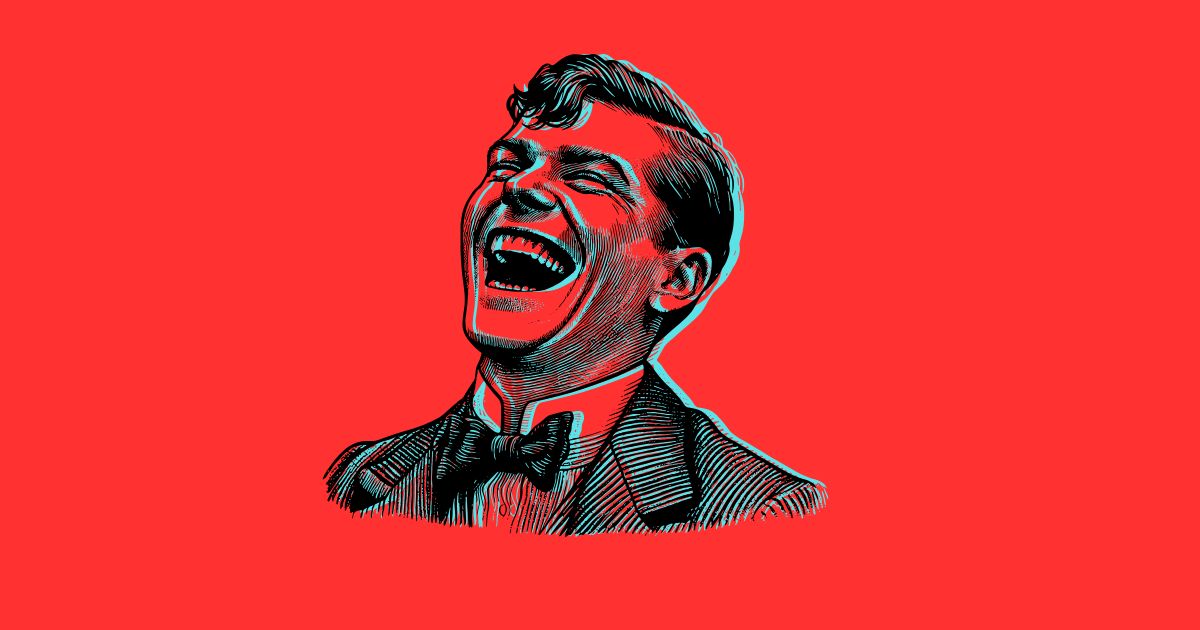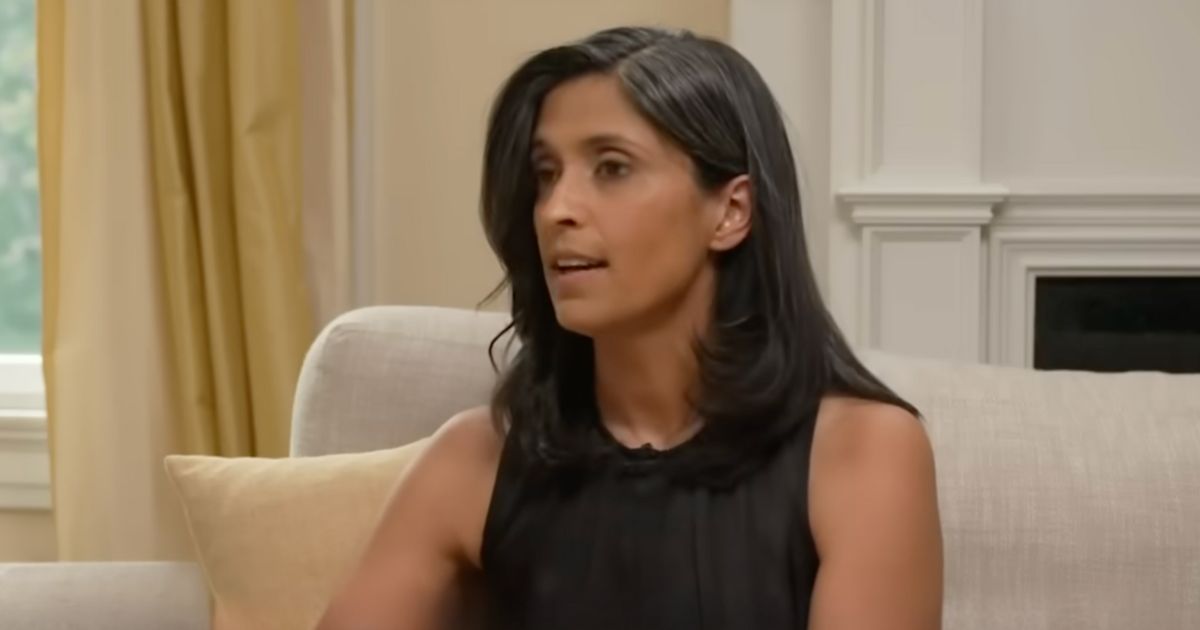The Humble Chicago Missionary Now Leading 1.3 Billion Catholics
He’s not a career Vatican power player. He’s not European royalty.
And yet on Thursday, Cardinal Robert Francis Prevost — a soft-spoken, Spanish-speaking American from Dolton, Illinois — stepped out onto the balcony of St. Peter’s Basilica as the newly elected Pope Leo XIV.
“The bishop is not supposed to be a little prince,” he once said.
“He is called to walk with the people, to suffer with them.”
Now, this humble Augustinian missionary — the 267th pontiff in Catholic history — is the first American pope, and one of the most globally connected leaders ever to wear the white robes.
From South Side Roots to the Throne of St. Peter
Born in 1955 and raised in Chicago’s south suburbs, young Robert Prevost grew up in St. Mary of the Assumption parish in Dolton. He served as an altar boy in his youth — the earliest sign of a lifelong calling.
Ordained in 1982, he earned a doctorate in canon law in Rome and joined the Augustinian Order. At just 30 years old, he moved to Peru as part of an Augustinian mission, where he would live and serve for over two decades.
“Some of us dreamed of becoming priests,” said John Doughney, a former classmate from St. Mary’s.
“But for him, it felt like a true calling.”
Missionary, Pastor, and Teacher in Peru
In Trujillo, a city in northwestern Peru, Prevost spent 10 years as a parish pastor and seminary instructor, working closely with local clergy and underserved communities. He would eventually become Bishop of Chiclayo and a naturalized Peruvian citizen — deepening his connection to Latin America.
Although he lived abroad, Prevost returned regularly to the U.S. to serve as a pastor and prior in his hometown — maintaining strong ties to the American church.
This dual identity — American-born, Latin American by mission and spirit — has made Pope Leo XIV a bridge figure at a time when the global Church is more culturally diverse than ever.
A Familiar Face in the Vatican — Without the Luggage
While not a headline-grabbing cardinal before the conclave, Pope Leo XIV was no outsider. In 2023, Pope Francis appointed him to lead the Dicastery for Bishops. It’s one of the Vatican’s most powerful departments, responsible for selecting and supervising bishops worldwide — particularly in Latin America.
“He may have been seen as less tainted by the Vatican machinery,” said Professor Daniel Rober of Sacred Heart University. He noted that Leo’s pastoral roots and global mindset may have made him a unifying choice.
Continuity Without Repetition, Why Did He Choose the Name Leo
With nearly 80% of the 133 cardinal-electors appointed by Francis, the conclave leaned heavily toward a successor who would preserve his pastoral emphasis and global focus.
“He’s the kind of leader who understands both the Global North and South,” said Rev. Michele Falcone.
“He’s a dignified middle of the road.”
Though Leo could have named himself Francis II, he instead chose Leo XIV — a name associated with past papal reformers like Leo XIII, signaling a continuation of renewal, but on his own terms.
The name “Leo” has been chosen by fourteen popes throughout the history of the Roman Catholic Church, making it one of the most commonly adopted papal names.
The first to bear this name, Pope Leo I—widely known as Leo the Great—played a crucial role in shaping church doctrine and asserting papal authority. He is especially remembered for his theological work on the doctrine of the Incarnation, which became a cornerstone of Christian belief.
Beyond his influence in theology, Leo I is celebrated for a historic diplomatic success: he personally intervened and convinced Attila the Hun to withdraw from his planned invasion of Italy.
What Has Robert Prevost Said About LGBTQ+ Issues?
While Pope Francis was recognized for his more progressive tone on LGBTQ+ issues, Pope Leo XIV—then known as Robert Prevost—has expressed more traditional views in the past.
According to a 2012 report by The New York Times, he addressed concerns about modern culture influencing values contrary to church teachings.
In a speech to fellow bishops, he spoke of a growing cultural “sympathy for beliefs and practices that are at odds with the gospel,” explicitly referencing the “homosexual lifestyle” and the concept of “alternative families comprised of same-sex partners and their adopted children.”
Where does he stand on immigration
Pope Leo XIV’s background as a bishop in Peru placed him in direct contact with immigrant communities, notably earning praise for his efforts to assist Venezuelan migrants during a time of crisis, as reported by The New York Times.
His stance on immigration has also been reflected through his social media activity. As a cardinal earlier this year, he shared content critical of strict immigration policies, including those associated with the Trump administration.
In February, he reposted an op-ed on X (formerly Twitter) pushing back against Vice President JD Vance’s remarks about Jesus, with the headline: “JD Vance is wrong: Jesus doesn’t ask us to rank our love for others.”
What to Expect From Pope Leo XIV
Pastoral. Global. Grounded.
That’s the early portrait of Pope Leo XIV.
With real-world experience in both local parishes and global leadership, he may continue Francis’ focus on the poor and marginalized — but with a more understated, structured tone.
His Latin American background will likely shape his worldview, but his American roots, Roman training, and cross-continental fluency may allow him to bring cohesion to a deeply divided Church.
And as the world watches this historic new papacy unfold, one thing seems certain:
Pope Leo XIV isn’t here for the spotlight — he’s here to serve.

